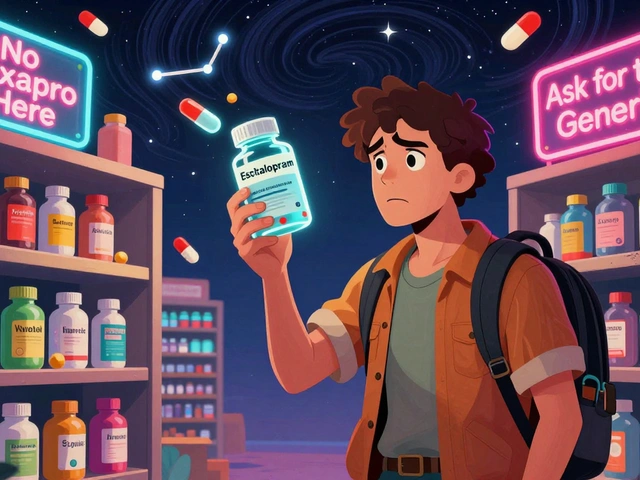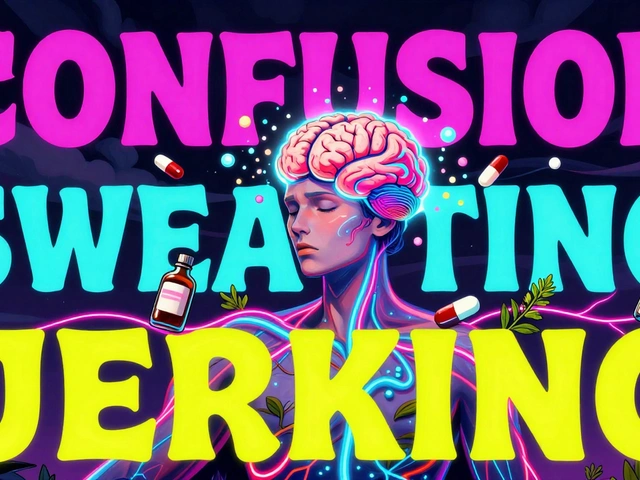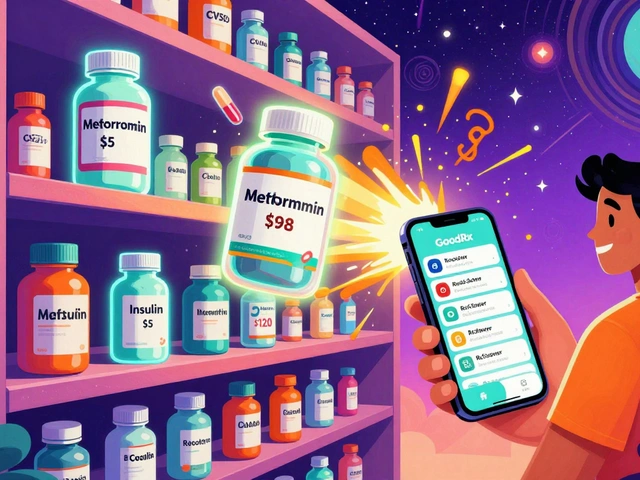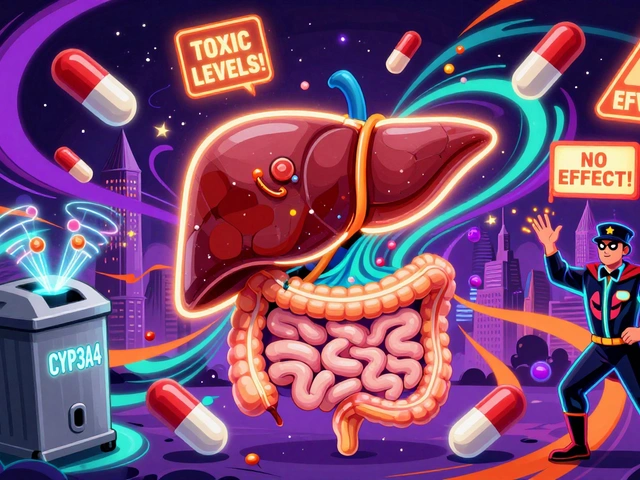Coping with Urinary Retention
When dealing with urinary retention, the inability to fully empty the bladder, often causing discomfort, infections, or kidney problems. Also known as post‑void residual, it can affect anyone but shows up most often in men with prostate issues, older adults, and people with nerve damage. Quickly recognizing the problem is the first step toward relief.
One of the core ways to address retention is bladder training, a structured schedule of timed voids that helps the bladder learn to empty more efficiently. By setting regular bathroom intervals, you reduce urgency spikes and teach the detrusor muscle to contract at the right moment. Pair this with pelvic floor exercises, targeted squeezes that strengthen the muscles controlling urine flow, and many people see a noticeable drop in residual volume. These two methods together create a feedback loop: stronger muscles improve emptying, which reinforces the training schedule.
Immediate Relief and Long‑Term Strategies
If the bladder won’t empty despite training, catheterization, the insertion of a thin tube to drain urine directly from the bladder offers fast relief and protects the kidneys from back‑pressure damage. Short‑term use is common after surgeries or during acute flare‑ups, while intermittent self‑catheterization can become a routine for chronic cases. The key is to combine it with preventive steps—otherwise the bladder may become reliant on the tube and lose its natural tone.
Another frequent cause is prostate enlargement, benign growth that squeezes the urethra and blocks urine flow. Medications like alpha‑blockers or 5‑alpha‑reductase inhibitors shrink the gland or relax its muscle fibers, easing the blockage. In more severe cases, surgical options such as transurethral resection provide a permanent fix. Understanding whether the prostate is the culprit helps you choose between drug therapy and procedural intervention.
Neurological conditions—multiple sclerosis, spinal cord injury, or diabetic neuropathy—create what doctors call a neurogenic bladder, a loss of normal nerve signals that coordinate bladder emptying. Here, bladder training alone often isn’t enough. Combining medications that relax the bladder neck with intermittent catheterization yields the best outcomes. Physical therapists can also guide specialized pelvic floor routines that work around the nerve deficit.
Fluid management plays a surprisingly big role. Drinking large amounts right before bedtime can overload a weakened bladder, while low fluid intake increases urine concentration and irritates the lining. Aim for steady hydration throughout the day, and consider limiting caffeine and alcohol, which stimulate the bladder and can worsen retention. Small, frequent sips keep the urinary system active without overloading it.
When retention is mild, over‑the‑counter supplements like magnesium may help muscle relaxation, but they should never replace medical advice. Always discuss any new supplement with a pharmacist or physician, especially if you’re on blood pressure or heart medications. A balanced diet rich in fiber also prevents constipation, a hidden cause of bladder pressure that can aggravate retention.
Putting all these pieces together creates a comprehensive plan: identify the underlying cause (prostate, neurogenic, medication side‑effects), use bladder training and pelvic floor work for daily control, rely on catheterization only when necessary, and fine‑tune fluid intake and lifestyle. This layered approach lets you tackle urinary retention from multiple angles, reducing the chance of infection, kidney damage, or repeated emergency visits.
Below you’ll find a curated selection of articles that dive deeper into each of these topics—whether you need a step‑by‑step guide to intermittent catheterization, a comparison of prostate‑shrink drugs, or practical tips for pelvic floor strengthening. Explore the posts to build a personalized plan that fits your situation and start taking charge of bladder health today.
Coping with the Psychological Impact of Urinary Retention
Explore how urinary retention affects mental health, learn coping techniques, and discover resources and professional help to manage anxiety and find support.





